Glamorous garages explored in a love letter to cars
Ultimate Collector Cars book is a billet-doux to the automotive form, lavishly showcasing the car as art from 1900 to the present day
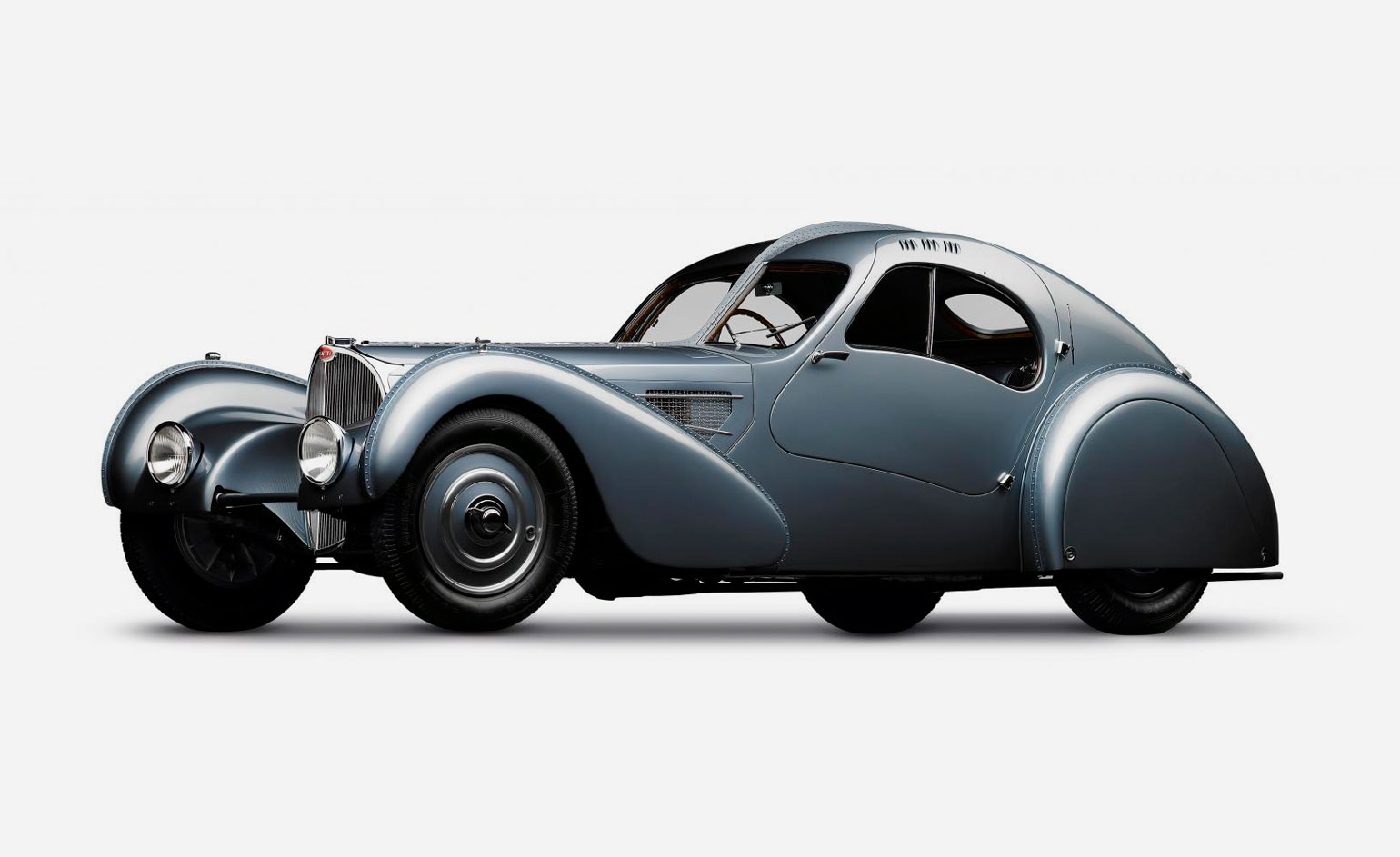
Charlotte and Peter Fiell, best known for their books on furniture and interiors, turn their practised hands and well-trained eyes to assemble a collection of the world’s most significant classic cars. As its name suggests, this two-volume slipcased set doesn’t cover any old automotive conveyances. Instead, Ultimate Collector Cars is about those rare machines, old and new, that transcend being just a mere mode of transport. This is the car as art, both sculptural, sonic and visceral.
With its hefty volumes – one covering the period 1900 to 1950s and the other 1960 to 2000s – the book is an unashamed love letter to the automotive form. The approach is from the rarefied perch of the ultra-high-end collectors’ market. Practically every machine featured on these pages is an icon of its age, whether for its design, its beauty, its luxury, its performance on the track, or a combination of the above. Most of the featured cars are now tucked away in private collections, occasionally making appearances on the well-manicured lawns of events like the Concorso d’Eleganza at the Villa d’Este or its American equivalent at Pebble Beach. The more adventurous owner might even take them on a track, should their insurers allow it.
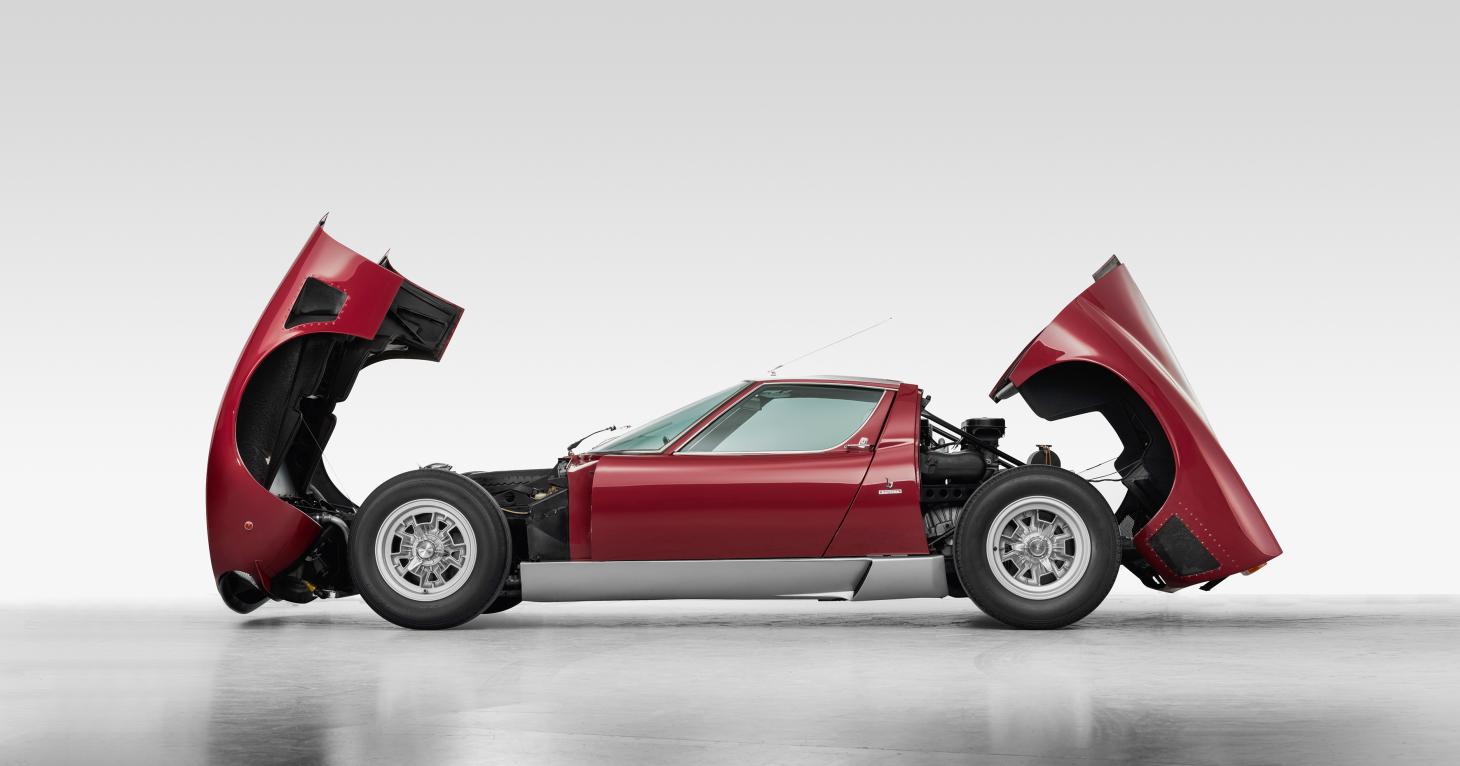
1971 Lamborghini Miura P400 SVJ, from Ultimate Collector Cars by Charlotte and Peter Fiell (Copyright: Kidston SA)
The Fiells have managed to accommodate a vast spread of marques and types, and each volume spans enough time to really showcase the evolution of engineering over the period. It didn’t take long for the muscular simplicity of the Edwardian automobile to transform into the art deco monumentality of the 1920s and 1930s. Then you have the contrast between the racehorse-thin flanks of the post-war racing cars and the CAD-shaped forms of the modern era.
The photography – a mix of evocative archive images and crisp contemporary studio shots of shiny wings and battle-worn interiors – goes some way to explaining why cars are so extraordinarily fetishised and so highly prized. An inter-war Bentley or Bugatti has the presence of an ocean liner, the detailing of an Old Master and the complexity of a Swiss watch. The private bank Coutts runs a ‘passion index’ for investors in collectibles; between 2005 and 2019, classic cars as an asset class rose by over 245 per cent.

2020 Aston Martin Valkyrie, from Ultimate Collector Cars, Taschen (Copyright: Courtesy Aston Martin Lagonda)
For a long time, the star stock in this index was Ferrari, the name that weathered a couple of bubbles and continues to rise, currently dragging every other marque up with it. The Italian company is well represented in the second volume, which is perhaps the weightiest in terms of value. Volume 2 covers the golden years of 1960s racing cars and road-going specials as well as their modern equivalents, the supercars and hypercars that continue to push the envelope of performance and price.
Faced with this lavish publication, a historian of the far future would gain a useful, if skewed, insight into humankind’s love affair with the automobile. Assembled altogether, these examples of the ultimate collector cars showcase the stark beauty of pure function, and the origins of the heady symbolism of speed and power that continues to hold such huge cultural heft. Nevertheless, we will probably never see the likes of such cars on our roads again.

INFORMATION
Ultimate Collector Cars, Charlotte & Peter Fiell, Taschen, £200
taschen.com
Receive our daily digest of inspiration, escapism and design stories from around the world direct to your inbox.
Jonathan Bell has written for Wallpaper* magazine since 1999, covering everything from architecture and transport design to books, tech and graphic design. He is now the magazine’s Transport and Technology Editor. Jonathan has written and edited 15 books, including Concept Car Design, 21st Century House, and The New Modern House. He is also the host of Wallpaper’s first podcast.
-
 Click to buy: how will we buy watches in 2026?
Click to buy: how will we buy watches in 2026?Time was when a watch was bought only in a shop - the trying on was all part of the 'white glove' sales experience. But can the watch industry really put off the digital world any longer?
-
 Don't miss these art exhibitions to see in January
Don't miss these art exhibitions to see in JanuaryStart the year with an inspiring dose of culture - here are the best things to see in January
-
 Unmissable fashion exhibitions to add to your calendar in 2026
Unmissable fashion exhibitions to add to your calendar in 2026From a trip back to the 1990s at Tate Britain to retrospectives on Schiaparelli, Madame Grès and Vivienne Westwood, 2026 looks set to continue the renaissance of the fashion exhibition
-
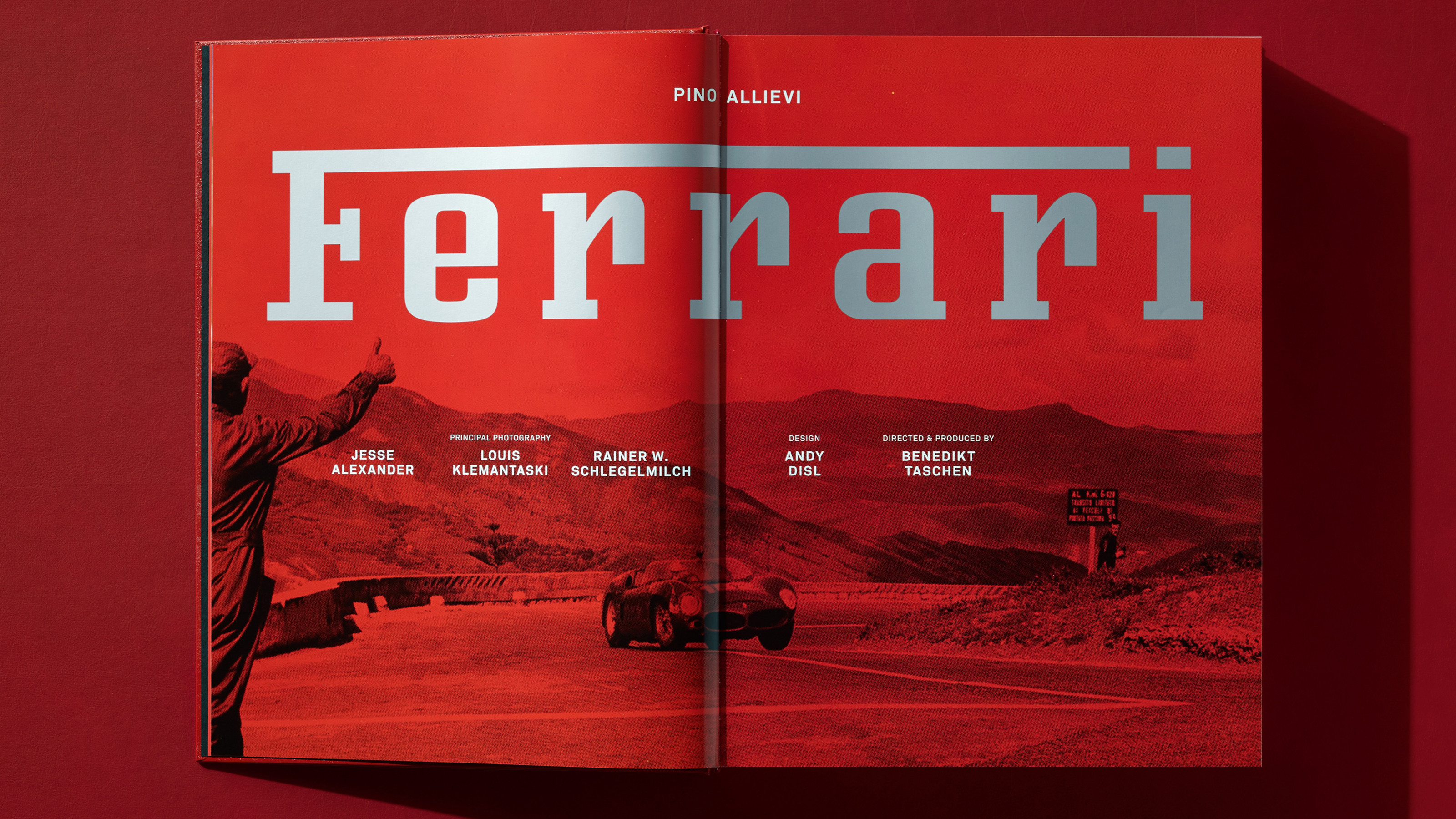 Taschen’s all-encompassing history of Ferrari is a mighty monograph for a mighty brand
Taschen’s all-encompassing history of Ferrari is a mighty monograph for a mighty brandAt nearly 700 pages, this new book from Taschen is the ultimate gift for the Ferrari fan in your life, spanning the brand’s history on road and track from inception through to the present day
-
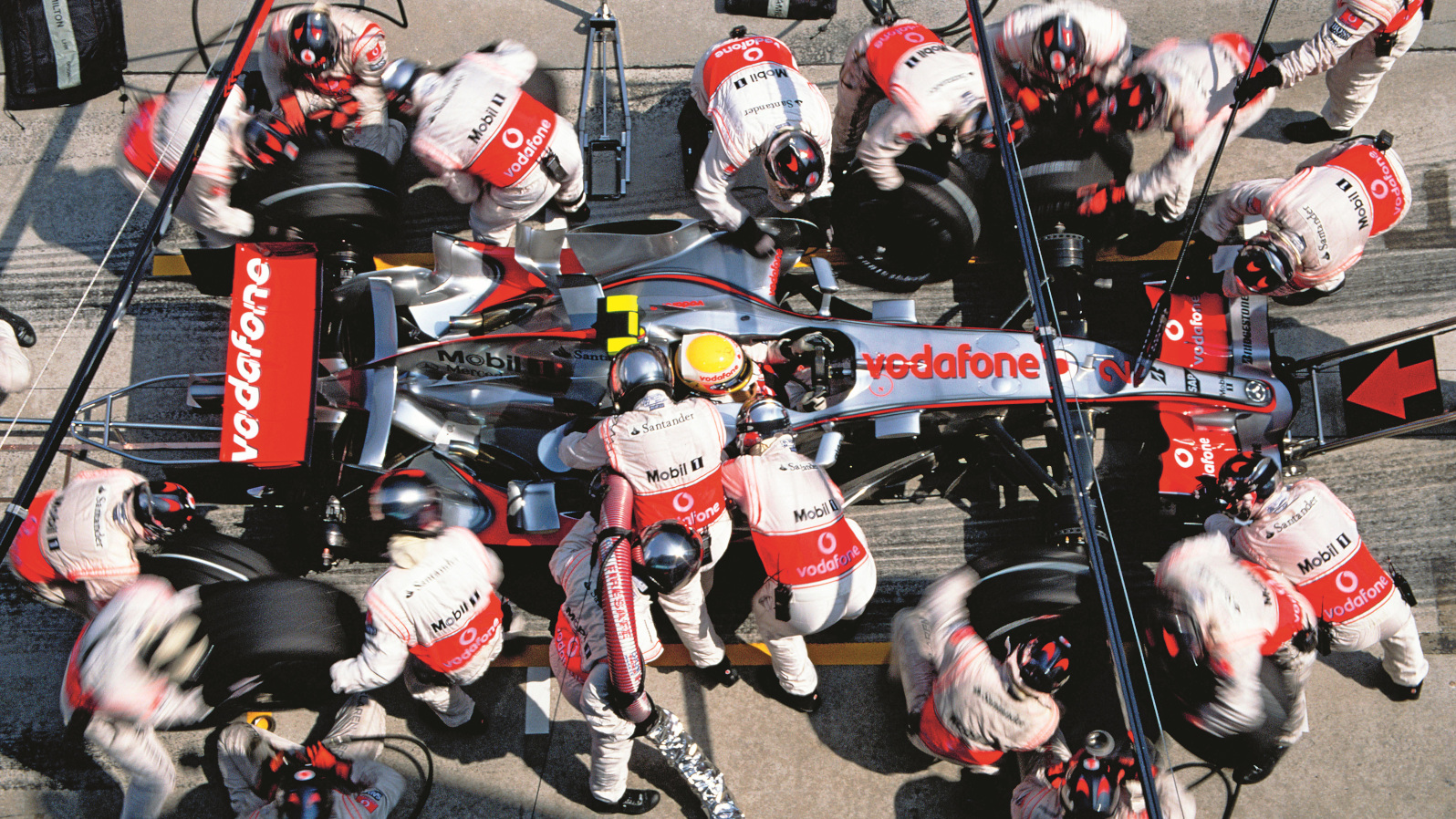 Formula 1 in photos: 100 memorable moments
Formula 1 in photos: 100 memorable momentsA new book, ‘Formula 1: The Impossible Collection’, marks 75 years of the motor-racing championship – a history full of tenacity, triumph and tragedy
-
 Two new books celebrate the art of automotive photography from very different angles
Two new books celebrate the art of automotive photography from very different angles‘Macchina’ collates photographer Jon Nicholson’s portfolio of modern motorsport imagery, while ‘Automotive Type D’ is INK studio’s fourth volume of car-focused creative briefs
-
 Spectacular stations: a new book puts railway architecture back on the agenda
Spectacular stations: a new book puts railway architecture back on the agenda‘Station’ takes us through the very best railway architecture of the past 120 years, a sound case for putting more effort into this most civilised forms of transport
-
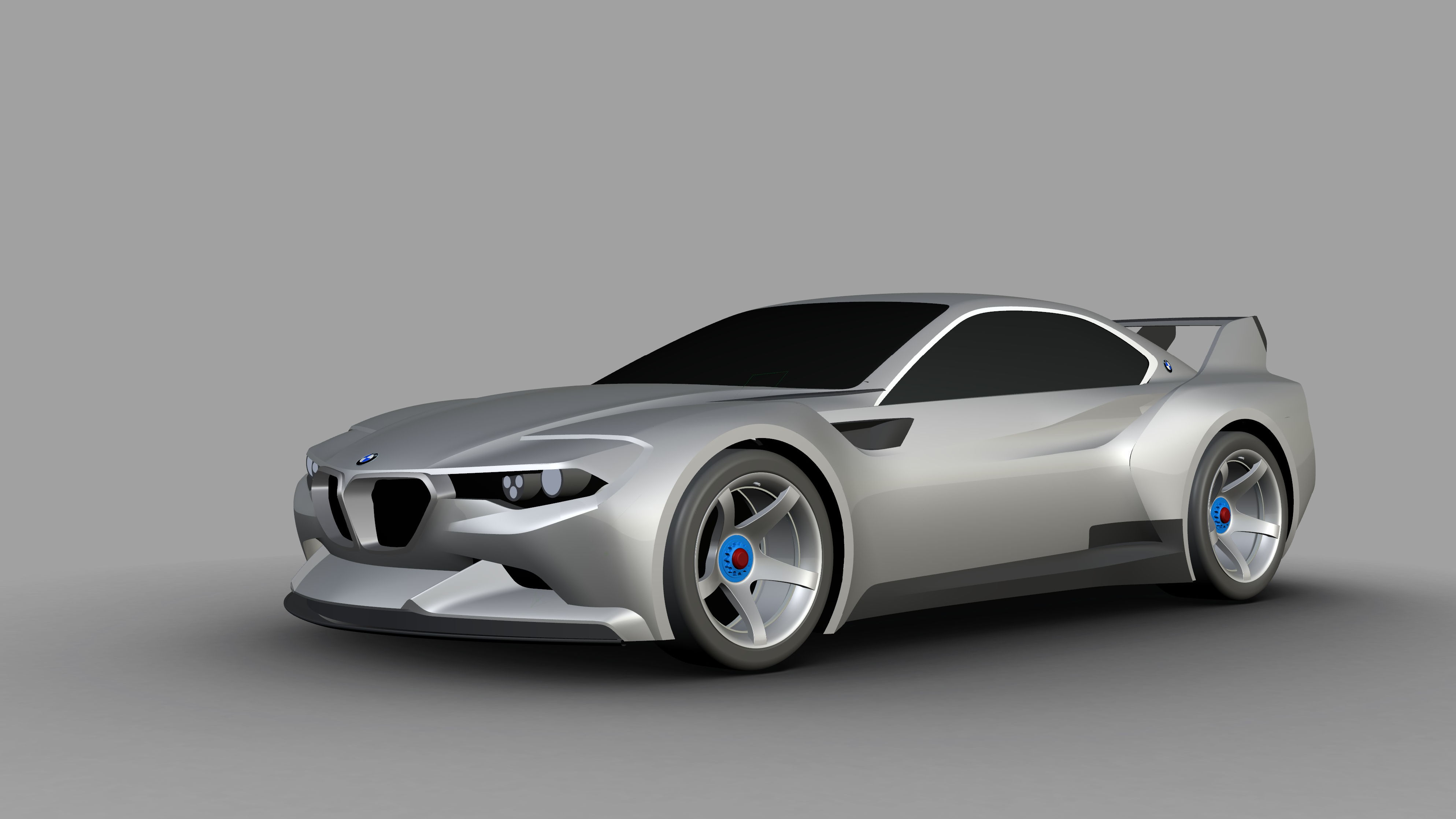 80 years of BMW design in a monumental new book
80 years of BMW design in a monumental new book‘BMW: Behind the Scenes’ is billed as the ultimate book on the Bavarian carmaker’s aesthetic history
-
 Peugeot’s sparky 308 gets hybrid power and handsome lines
Peugeot’s sparky 308 gets hybrid power and handsome linesThe Peugeot 308 proves that mass-market design needn’t be dull, blending hybrid power with sharp lines and excellent detailing
-
 BMW Motorrad brings out the big guns for its newest cruisers
BMW Motorrad brings out the big guns for its newest cruisersBMW Motorrad R 18 Bagger and Transcontinental set the tone for high-voltage cruising with a brand collaboration with speaker specialist Marshall
-
 Dacia’s new Manifesto concept is a true outdoor utility vehicle
Dacia’s new Manifesto concept is a true outdoor utility vehicleUtilitarian auto brand Dacia sets a bold new agenda with its Manifesto, a concept car pitched at the active outdoor market